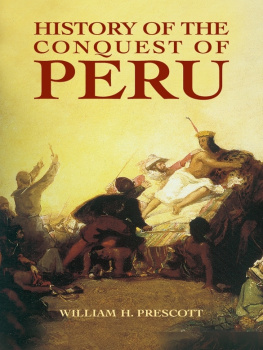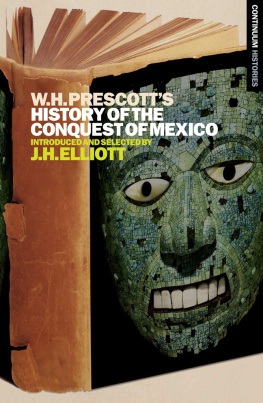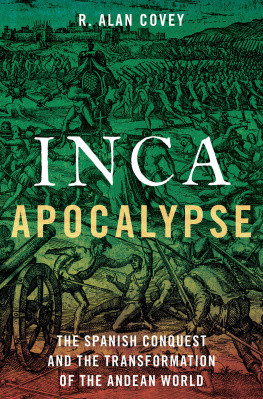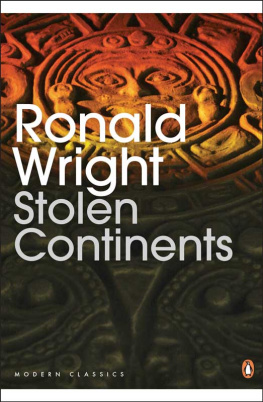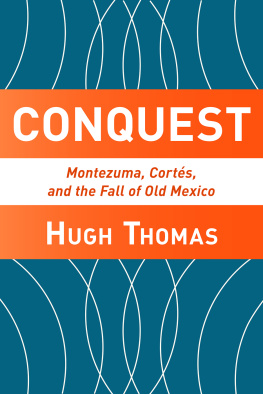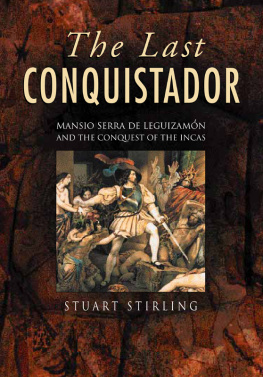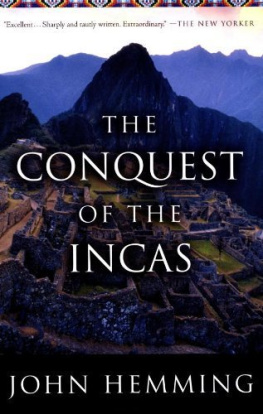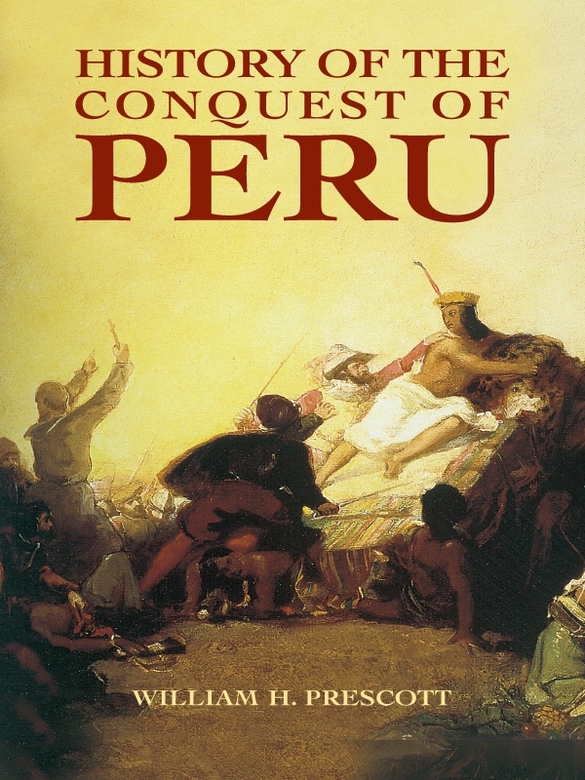CHAPTER I
PHYSICAL ASPECT OF THE COUNTRYSOURCES OF PERUVIAN CIVILIZATIONEMPIRE OF THE INCASROYAL FAMILYNOBILITY
OF the numerous nations which occupied the great American continent at the time of its discovery by the Europeans, the two most advanced in power and refinement were undoubtedly those of Mexico and Peru. But, though resembling one another in extent of civilization, they differed widely as to the nature of it; and the philosophical student of his species may feel a natural curiosity to trace the different steps by which these two nations strove to emerge from the state of barbarism, and place themselves on a higher point in the scale of humanity.In a former work I have endeavored to exhibit the institutions and character of the ancient Mexicans, and the story of their conquest by the Spaniards. The present will be devoted to the Peruvians; and, if their history shall be found to present less strange anomalies and striking contrasts than that of the Aztecs, it may interest us quite as much by the pleasing picture it offers of a well-regulated government and sober habits of industry under the patriarchal sway of the Incas.
The empire of Peru, at the period of the Spanish invasion, stretched along the Pacific from about the second degree north to the thirty-seventh degree of south latitude; a line, also, which describes the western boundaries of the modern republics of Ecuador, Peru, Bolivia, and Chili. Its breadth cannot so easily be determined; for, though bounded everywhere by the great ocean on the west, towards the east it spread out, in many parts, considerably beyond the mountains, to the confines of barbarous states, whose exact position is undetermined, or whose names are effaced from the map of history. It is certain, however, that its breadth was altogether disproportioned to its length.
The topographical aspect of the country is very remarkable. A strip of land, rarely exceeding twenty leagues in width, runs along the coast, and is hemmed in through its whole extent by a colossal range of mountains, which, advancing from the Straits of Magellan, reaches its highest elevationindeed, the highest on the American continentabout the seventeenth degree south,
The face of the country would appear to be peculiarly unfavorable to the purposes both of agriculture and of internal communication. The sandy strip along the coast, where rain never falls, is fed only by a few scanty streams, that furnish a remarkable contrast to the vast volumes of water which roll down the eastern sides of the Cordilleras into the Atlantic. The precipitous steeps of the sierra, with its splintered sides of porphyry and granite, and its higher regions wrapped in snows that never melt under the fierce sun of the equator, unless it be from the desolating action of its own volcanic fires, might seem equally unpropitious to the labors of the husbandman. And all communication between the parts of the long-extended territory might be thought to be precluded by the savage character of the region, broken up by precipices, furious torrents, and impassable quebradas ,those hideous rents in the mountain chain, whose depths the eye of the terrified traveller, as he winds along his aerial pathway, vainly endeavors to fathom. Yet the industry, we might almost say, the genius, of the Indian was sufficient to overcome all these impediments of Nature.
By a judicious system of canals and subterraneous aqueducts, the waste places on the coast were refreshed by copious streams, that clothed them in fertility and beauty. Terraces were raised upon the steep sides of the Cordillera; and, as the different elevations had the effect of difference of latitude, they exhibited in regular gradation every variety of vegetable form, from the stimulated growth of the tropics, to the temperate products of a northern clime; while flocks of llamas the Peruvian sheepwandered with their shepherds over the broad, snow-covered wastes on the crests of the sierra, which rose beyond the limits of cultivation. An industrious population settled along the lofty regions of the plateaus, and towns and hamlets, clustering amidst orchards and wide-spreading gardens, seemed suspended in the air far above the ordinary elevation of the clouds. Intercourse was maintained between these numerous settlements by means of great roads which traversed the mountain passes, and opened an easy communication between the capital and the remotest extremities of the empire.
The source of this civilization is traced to the valley of Cuzco, the central region of Peru, as its name implies.
But this tradition is only one of several current among the Peruvian Indians, and probably not the one most generally received. Another legend speaks of certain white and bearded men, who, advancing from the shores of Lake Titicaca, established an ascendency over the natives, and imparted to them the blessings of civilization. It may remind us of the tradition existing among the Aztecs in respect to Quetzalcoatl, the good deity, who with a similar garb and aspect came up the great plateau from the east on a like benevolent mission to the natives. The analogy is the more remarkable, as there is no trace of any communication with, or even knowledge of, each other to be found in the two nations.
The date usually assigned for these extraordinary events was about four hundred years before the coming of the Spaniards, or early in the twelfth century. The date of their appearance, indeed, is manifestly irreconcilable with their subsequent history. No account assigns to the Inca dynasty more than thirteen princes before the Conquest. But this number is altogether too small to have spread over four hundred years, and would not carry back the foundations of the monarchy, on any probable computation, beyond two centuries and a half,an antiquity not incredible in itself, and which, it may be remarked, does not precede by more than half a century the alleged foundation of the capital of Mexico. The fiction of Manco Capac and his sister-wife was devised, no doubt, at a later period, to gratify the vanity of the Peruvian monarchs, and to give additional sanction to their authority by deriving it from a celestial origin.
We may reasonably conclude that there existed in the country a race advanced in civilization before the time of the Incas; and, in conformity with nearly every tradition, we may derive this race from the neighborhood of Lake Titicaca;
The same mists that hang round the origin of the Incas continue to settle on their subsequent annals; and, so imperfect were the records employed by the Peruvians, and so confused and contradictory their traditions, that the historian finds no firm footing on which to stand till within a century of the Spanish conquest.
The ancient city of Cuzco, meanwhile, had been gradually advancing in wealth and population, till it had become the worthy metropolis of a great and flourishing monarchy. It stood in a beautiful valley on an elevated region of the plateau, which, among the Alps, would have been buried in eternal snows, but which within the tropics enjoyed a genial and salubrious temperature. Towards the north it was defended by a lofty eminence, a spur of the great Cordillera; and the city was traversed by a river, or rather a small stream, over which bridges of timber, covered with heavy slabs of stone, furnished an easy means of communication with the opposite banks. The streets were long and narrow; the houses low, and those of the poorer sort built of clay and reeds. But Cuzco was the royal residence, and was adorned with the ample dwellings of the great nobility; and the massy fragments still incorporated in many of the modern edifices bear testimony to the size and solidity of the ancient.

